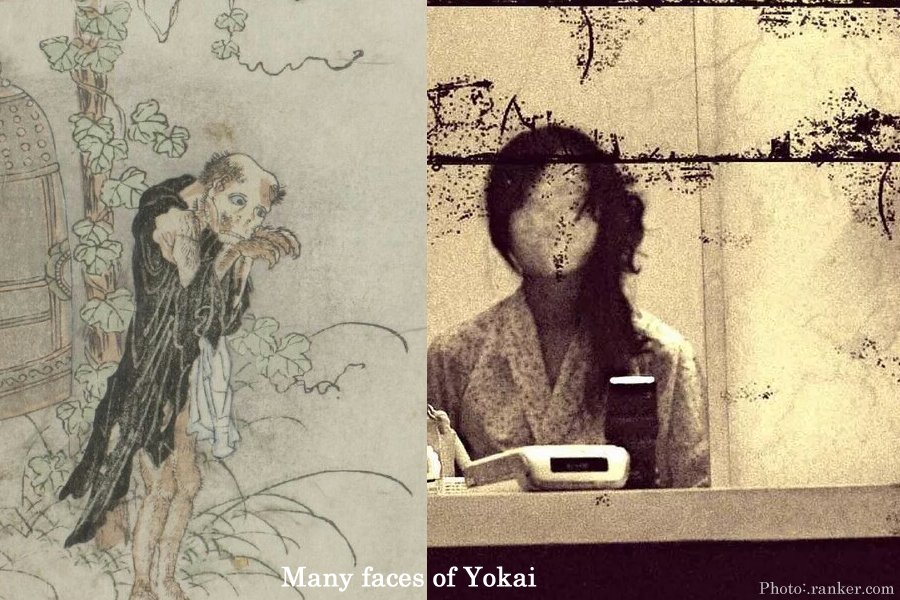Yōkai: Mysterious Interdimensional Force With Odd Abilities In Japanese Mythology
A. Sutherland - AncientPages. com - There is a mysterious force that in Japan is known as Yokai (“Yōkai”).
According to ancient Japanese beliefs, Yōkai (in Chinese: 'kanji', which means “strangeness, mystery, or suspicion”) are weird creatures that dwell in the borderlands and in spaces, which are located “in-between”.
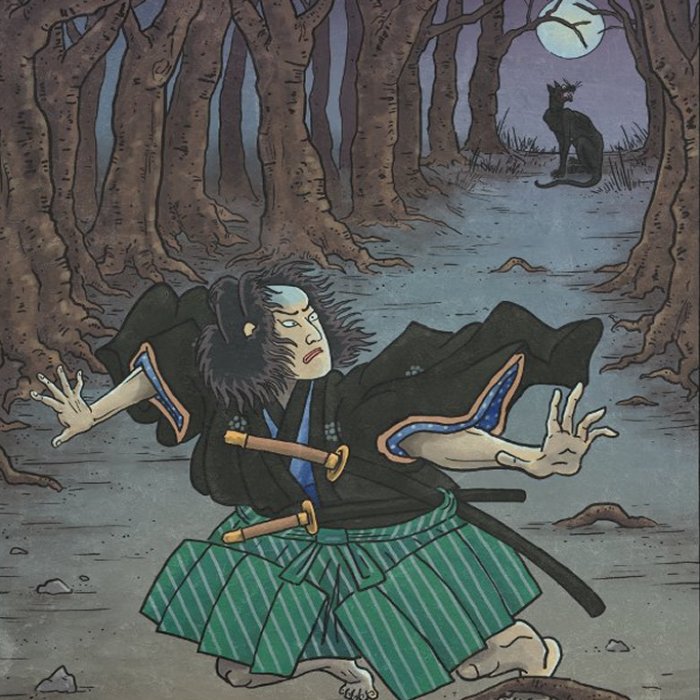
They haunt bridges and tunnels, entranceways, and lurk and disturb at crossroads and thresholds; they are elsewhere, changing their forms and places.
The belief in Yōkai was mentioned in “Shoku Nihongi” text dated to the eighth-century and still, this ancient belief is alive in the Japanese modern society.
Yokai can take many different forms and are mostly associated with villages, old abandoned towns, deserted mountain passes.
Yōkai does not belong to anybody. They just exist, appear usually at twilight, when our surroundings look strange and are difficult to recognize. They haunt bridges and tunnels, entranceways, and lurk and disturb at crossroads and thresholds; they are elsewhere, changing their forms and places.
Research suggests that this creature dwells in the contact zone between fact and fiction, between belief and doubt. Yōkai is the common name for monsters, transformed humans and animals, demons, spirits, or goblin. People say they are simply monsters. Their nature varies from benign to mischievous to seriously scary.
In his book "The Book of Yokai: Mysterious Creatures of Japanese Folklore", which is based on his long study of Yokai, M.D. Foster, mentions an intriguing and unpleasant story from "A Collection of Tales from Uji, c. 1220" (Uji shūi monogatari ).
This story tells of "a monk traveling alone through the province of Settsu, located in the vicinity of the present-day city of Osaka. Coming upon a deserted temple, he decides to settle in for the night and begins chanting an incantation to the guardian deity Fudō, who battles evil with his immovable faith and compassion.
But suddenly, “a crowd some hundred strong came surging into the temple, every one of them with a torch in his hand. When they got close, he saw that they were fantastically weird creatures, not men at all; there were all sorts of them, some with only one eye, some with horns, while their heads were more terrible than words can describe.”
The monk spends a terrifying night, surviving only because Fudō protects him. After the gang of oni finally leaves and the sun rises, the monk is shocked to discover that there is actually no temple at all and he cannot even find the path that brought him there.
Eventually, he meets some travelers who inform him that he is in the province of Hizen— hundreds of miles from Settsu!"
It is worth mentioning that "oni" is a term usually associated with danger and fear; this term is generally translated today as “demon” or “ogre.” During the Heian period, "oni" meant a nasty and threatening creature, that frequently appeared in human-like form. "Oni" has enormous evil power and when engaged in the fight, these terrible creatures can reattach body parts they lose in fights. They crush the enemy with one blow from their spiked iron club (kanabo; they can also fly, change form at will and cause diseases, insanity, and death. Their favorite food is human flesh.
Were these terrible "oni" creatures responsible for teleportation of the monk to another, very distant location? What did really happen to him?
Written by – A. Sutherland AncientPages.com Staff Writer
Copyright © AncientPages.com All rights reserved. This material may not be published, broadcast, rewritten or redistributed in whole or part without the express written permission of AncientPages.com
Expand for referencesMore From Ancient Pages
-
 Did The 8 Omens Of The Aztecs Foretell The End Of Their Civilization?
Civilizations | Jan 30, 2020
Did The 8 Omens Of The Aztecs Foretell The End Of Their Civilization?
Civilizations | Jan 30, 2020 -
 Sibylline Books: Ancient Prophecies Destroyed By Fire
Featured Stories | Feb 17, 2016
Sibylline Books: Ancient Prophecies Destroyed By Fire
Featured Stories | Feb 17, 2016 -
 Silver Offers Evidence Viking Age Started Much Earlier Than Previously Thought – Archaeologist Says
Archaeology | Nov 7, 2023
Silver Offers Evidence Viking Age Started Much Earlier Than Previously Thought – Archaeologist Says
Archaeology | Nov 7, 2023 -
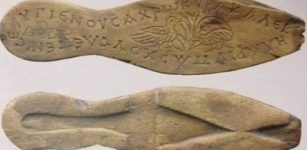 Byzantine Sandals With A Nice Message Found In The Harbor Of Eleutherios (Theodosius) – Now On Display
Artifacts | Apr 12, 2023
Byzantine Sandals With A Nice Message Found In The Harbor Of Eleutherios (Theodosius) – Now On Display
Artifacts | Apr 12, 2023 -
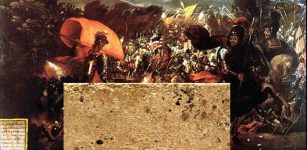 Aztec Treasure: ‘Yew Of Gold’ Found 39 Years Ago Originates From Spanish Plunder During ‘Sad Night’ In 1520
Archaeology | Jan 12, 2020
Aztec Treasure: ‘Yew Of Gold’ Found 39 Years Ago Originates From Spanish Plunder During ‘Sad Night’ In 1520
Archaeology | Jan 12, 2020 -
 Secrets Of Viking Age Shields Finally Revealed
Civilizations | Oct 7, 2020
Secrets Of Viking Age Shields Finally Revealed
Civilizations | Oct 7, 2020 -
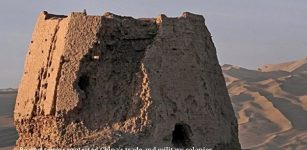 Nine Great Wall Beacon Towers Discovered In China’s Inner Mongolia
Archaeology | Apr 21, 2020
Nine Great Wall Beacon Towers Discovered In China’s Inner Mongolia
Archaeology | Apr 21, 2020 -
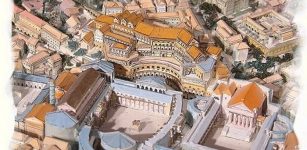 Trajan’s Market Was The World’s First Known Shopping Mall
Ancient History Facts | Jul 2, 2016
Trajan’s Market Was The World’s First Known Shopping Mall
Ancient History Facts | Jul 2, 2016 -
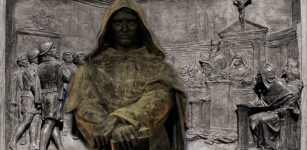 On This Day In History: Vatican Began 7-Year-Long Trial Against Giordano Bruno – On Jan 27, 1593
News | Jan 27, 2017
On This Day In History: Vatican Began 7-Year-Long Trial Against Giordano Bruno – On Jan 27, 1593
News | Jan 27, 2017 -
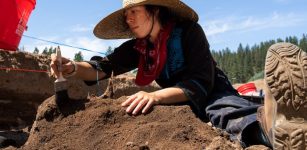 6,000-Year-Old Earth Ovens Discovered In Washington State
Archaeology | Jun 21, 2023
6,000-Year-Old Earth Ovens Discovered In Washington State
Archaeology | Jun 21, 2023 -
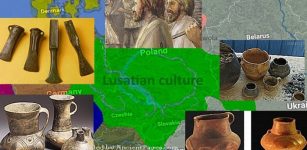 3,000-Year-Old Settlement Of Lusatian Culture Unearthed On Outskirts Of Warsaw, Poland
Archaeology | Sep 14, 2020
3,000-Year-Old Settlement Of Lusatian Culture Unearthed On Outskirts Of Warsaw, Poland
Archaeology | Sep 14, 2020 -
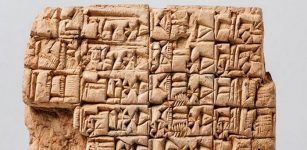 New AI Technique Will Help To Decode Long Lost Languages Of Ancient World
News | Oct 21, 2020
New AI Technique Will Help To Decode Long Lost Languages Of Ancient World
News | Oct 21, 2020 -
 On This Day In History: Massacre In Great Temple Of The Aztec Capital Tenochtitlan – On May 20, 1520
News | May 20, 2016
On This Day In History: Massacre In Great Temple Of The Aztec Capital Tenochtitlan – On May 20, 1520
News | May 20, 2016 -
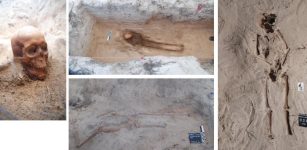 Silent Witnesses: Further Dark Secrets Of Batavia Shipwreck – Uncovered
Archaeology | May 11, 2023
Silent Witnesses: Further Dark Secrets Of Batavia Shipwreck – Uncovered
Archaeology | May 11, 2023 -
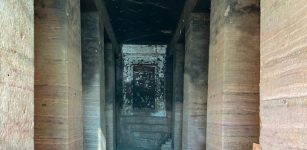 Egypt’s Oldest Tomb Oriented To Winter Solstice Discovered In Aswan
Archaeology | Nov 18, 2022
Egypt’s Oldest Tomb Oriented To Winter Solstice Discovered In Aswan
Archaeology | Nov 18, 2022 -
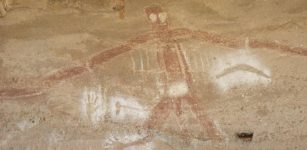 ‘Dates Add Nothing To Our Culture’: Everywhen Explores Indigenous Deep History, Challenging Linear, Colonial Narratives
Featured Stories | Mar 10, 2023
‘Dates Add Nothing To Our Culture’: Everywhen Explores Indigenous Deep History, Challenging Linear, Colonial Narratives
Featured Stories | Mar 10, 2023 -
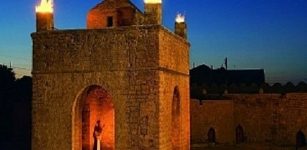 The Third Greatest Fire Temple That Existed In Ancient Iran’s Sassanid Age – Unearthed
Archaeology | Jul 8, 2022
The Third Greatest Fire Temple That Existed In Ancient Iran’s Sassanid Age – Unearthed
Archaeology | Jul 8, 2022 -
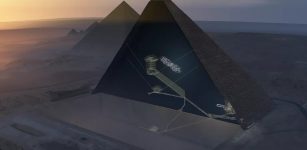 Cosmic Rays Reveal Mysterious Void Inside Great Pyramid – What’s Hiding Inside?
Archaeology | Nov 2, 2017
Cosmic Rays Reveal Mysterious Void Inside Great Pyramid – What’s Hiding Inside?
Archaeology | Nov 2, 2017 -
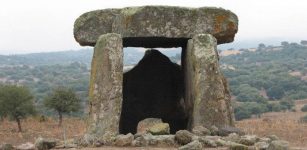 Ancient Secrets Of Megaliths And Anti-Gravity Revealed – Examination Of An Unknown Property Of Static Electricity
Ancient Technology | Feb 17, 2020
Ancient Secrets Of Megaliths And Anti-Gravity Revealed – Examination Of An Unknown Property Of Static Electricity
Ancient Technology | Feb 17, 2020 -
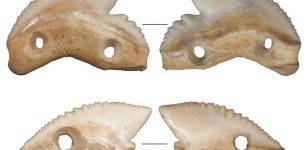 7,000-Year-Old Shark-Tooth Knives Discovered In Indonesia
Archaeology | Oct 27, 2023
7,000-Year-Old Shark-Tooth Knives Discovered In Indonesia
Archaeology | Oct 27, 2023

